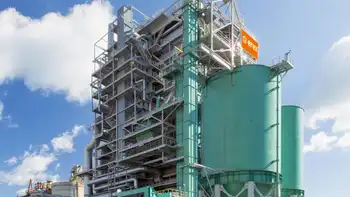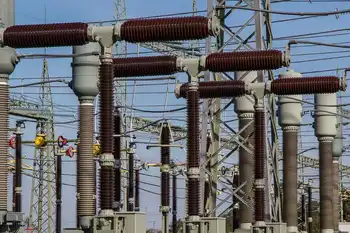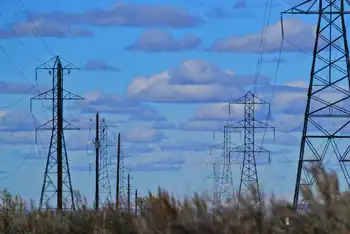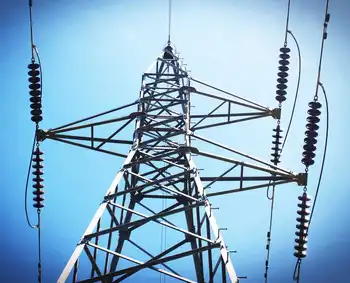Minnesota Signs Deal With Manitoba Hydro
WINNIPEG -- - The Minnesota Public Utilities Commission has unanimously approved a $1.7 billion power export deal with Manitoba Hydro.
It allows Minneapolis-based Xcel Energy to import power from Manitoba Hydro, despite the objections of aboriginal groups.
The 500-megawatt, 10-year deal was given the go-ahead.
It's an extension of an existing deal and will allow power to be exported until 2015.
Approval by Canada's National Energy Board is pending.
The Minnesota decision is a blow to the Pimicikamak Cree Nation of Cross Lake, Manitoba. They had asked the commission to first call a formal hearing into the social and economic impact of historic hydro development on their homeland.
Related News

Japan to host one of world's largest biomass power plants
TOKYO - eRex Biomass Power Plant will deliver 300 MW in Japan, offering stable baseload renewable energy, coal-cost parity, and feed-in tariff independence through economies of scale, efficient fuel procurement, and utility-scale operations supporting RE100 demand.
Key Points
A 300 MW Japan biomass project targeting coal-cost parity and FIT-free, stable baseload renewable power.
✅ 300 MW capacity; enough for about 700,000 households
✅ Aims to skip feed-in tariff via economies of scale
✅ Targets coal-cost parity with stable, dispatchable output
Power supplier eRex will build its largest biomass power plant to date in Japan, hoping the facility's scale…




